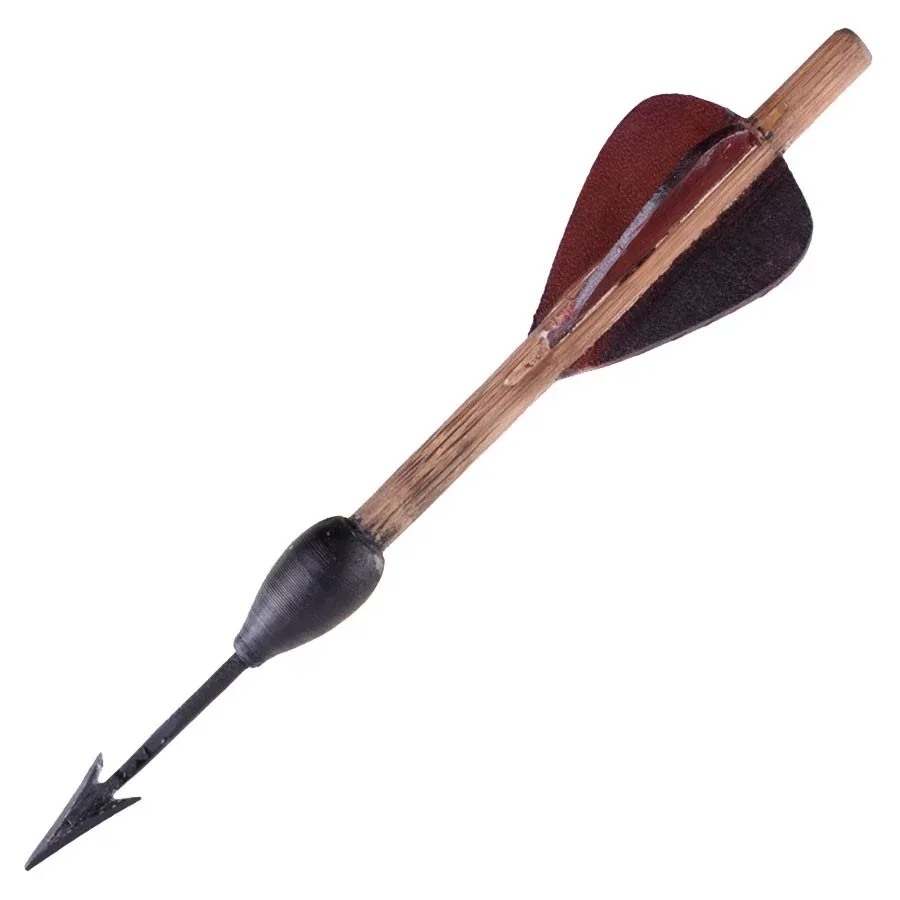What is the Plumbata?
The plumbata, also known as *martiobarbuli*, is a remarkable Roman military invention from the 3rd century AD. It represents a strategic advancement in the combat tactics of the Roman infantry and is distinguished by its ingenious design and effectiveness on the battlefield. It is often regarded as significantly important due to certain mentions by Vegetius, a well-known Roman military writer, who advocates for its intensive use.
.webp)
Structure and Design of the Plumbata
The plumbata dart is characterized by several design features that made it extremely efficient:- Metal Tip: It featured a metal tip, often perforated, which favored stability during flight and improved its penetration capability.
- Lead Core: At its center, a lead core provided the necessary mass and stability for an effective throw, enhancing its lethality.
- Extension and Grip: The extension at the tail of the dart allowed legionaries to hold it firmly, facilitating an accurate throw.
- Length: Plumbatas ranged from 30 to 45 cm long, providing a stable trajectory and increased precision.
Strategic Use in Combat
The plumbata was an essential tool in Roman military tactics:- Throwing: It was common for legionaries to throw the plumbata from low positions with a vertical motion, reaching enemies at distances of up to 80 meters.
- Effectiveness in Varied Terrains: Its use excelled in arid or wooded environments, effectively disrupting enemy formations, and even in siege defenses, where its impact was amplified when thrown from elevated positions.

Historical Legacy
The impact of the plumbata on military history is confirmed by various sources:- Vegetius and His Influence: In his writings, Vegetius emphasizes the necessity of using the plumbata as an integral part of the infantry.
- Mention in the Strategikon: This military manual, edited under Emperor Maurice in the 6th century AD, underscores its prolonged tactical relevance.
Debate and Representations
Despite anecdotal evidence, the representation of the plumbata in contexts such as naval battles remains uncertain. Interestingly, some imperial coins may include images of these weapons, reflecting recognition and respect for their use in the legions.| Component | Description |
|---|---|
| Tip | Metallic and perforated for stability and penetration |
| Core | Lead weight for increased mass and stability |
| Grip | Extension for a firm hold and precise throw |
| Length | Variable, between 30 and 45 cm |
The plumbata represents an innovative advancement in the evolution of infantry weapons in antiquity. Its sophisticated design and effectiveness in combat demonstrate why this weighted dart remained in use for centuries, becoming a cornerstone of Roman military strategy.
















